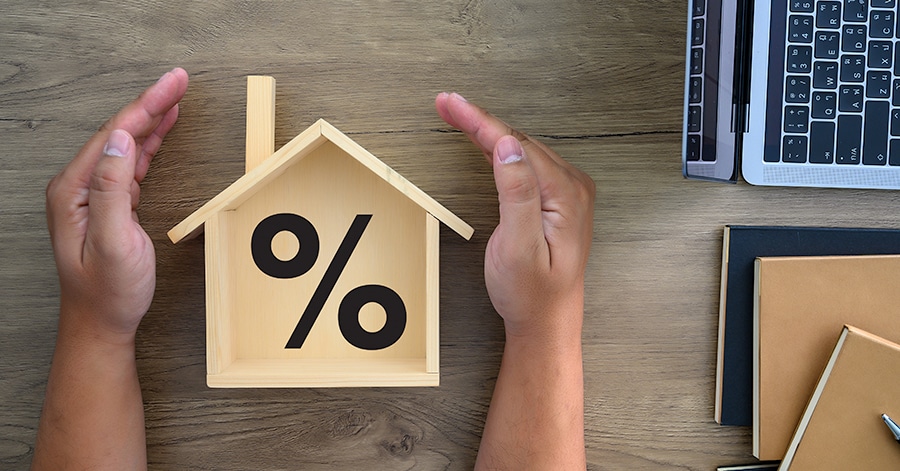Understanding the 80 Percent Rule for Homeowners Insurance
 If you are unaware of the 80 percent rule in homeowner’s insurance, you may find yourself underinsured when it comes time to file a claim. The 80 percent rule requires homeowners to have replacement cost coverage that is worth at least 80 percent of the home’s replacement cost. That’s a standard rule across the board that most homebuyers are aware of when they buy their home, but then forget about as time goes on.
If you are unaware of the 80 percent rule in homeowner’s insurance, you may find yourself underinsured when it comes time to file a claim. The 80 percent rule requires homeowners to have replacement cost coverage that is worth at least 80 percent of the home’s replacement cost. That’s a standard rule across the board that most homebuyers are aware of when they buy their home, but then forget about as time goes on.
What Does the 80 Percent Rule Mean?
The 80 percent rule is a serious one. If you don’t have coverage that equals at least 80 percent of your home’s replacement value, the insurance company may not cover the full cost of your home’s replacement.
If in the course of completing a claim, the insurance company finds out that you have less than 80 percent coverage, they may only cover a prorated amount of the damages. Insurance companies do this to ensure that homeowners keep up with their insurance needs – buying more insurance as they renovate and improve the value of their homes.
[sc_content_link label=”Shop and compare insurance quotes.” cat=”home”]
How it Works
Let’s say you bought your home for $200,000. At that time, you needed insurance for at least $160,000 in order for your insurance coverage to fully cover any potential claims. Now let’s say you’ve been in your home for 10 years and have made significant improvements to it. The new replacement cost of your home is $400,000. This means you need at least $320,000 in insurance coverage in order for the insurance company to fully cover claims.
Let’s say you only had $300,000 in coverage. That’s 75 percent of the cost to replace the home. Unfortunately, the insurance company would only cover 93.75 percent of the damages, since you missed the threshold by 6.25 percent.
What are the Risks in Underinsuring Your Home?
No one wants to think of their home as underinsured. That just sounds scary! Who is going to cover your expenses? That’s the largest risk of not carrying enough insurance. You could find yourself responsible for a larger portion of the damages than you anticipated.
Here’s how it works. Every homeowner is responsible for meeting their deductible. Let’s say you have a $1,000 deductible in the event of a fire. You pay the first $1,000 in damages and then your insurance kicks in for its portion up to your maximum coverage. If you are underinsured, though, you’ll owe more than the $1,000 deductible. Let’s use the 6.25 percent example from above. If the damages were $200,000, you’d pay $12,500 plus your $1,000 deductible for the damages.
How to Avoid Being Underinsured
So how do you avoid being underinsured and owing large amounts of money for a claim? There are a few things you can do:
- Always talk with your insurance agent after making home improvements. While you probably don’t want to think about increased premiums, the difference in premiums is likely much less than what it would cost for you to cover a claim. You won’t know the change the improvements will make to your premiums until you talk with your agent. If they seem too high, use this opportunity to shop around and find a more affordable policy.
- Review your insurance needs annually. We know it’s not pleasant, but going over your insurance policies on an annual basis is a good way to stay ahead. You can discuss the replacement cost of your home with your agent and decide if you have enough coverage. While your policy may cover you in the event of inflation, it won’t cover you should you improve the home’s value with renovations.
If you are worried about your home’s replacement value and the amount of coverage you have, contact your insurance agent right away. You can use this time to review your insurance needs and maybe even find a new policy. It’s much better to be proactive than to find out after the fact that you are underinsured and don’t have the coverage you need when you file a claim.
[sc_content_link label=”Get the right insurance coverage.” cat=”home”]
